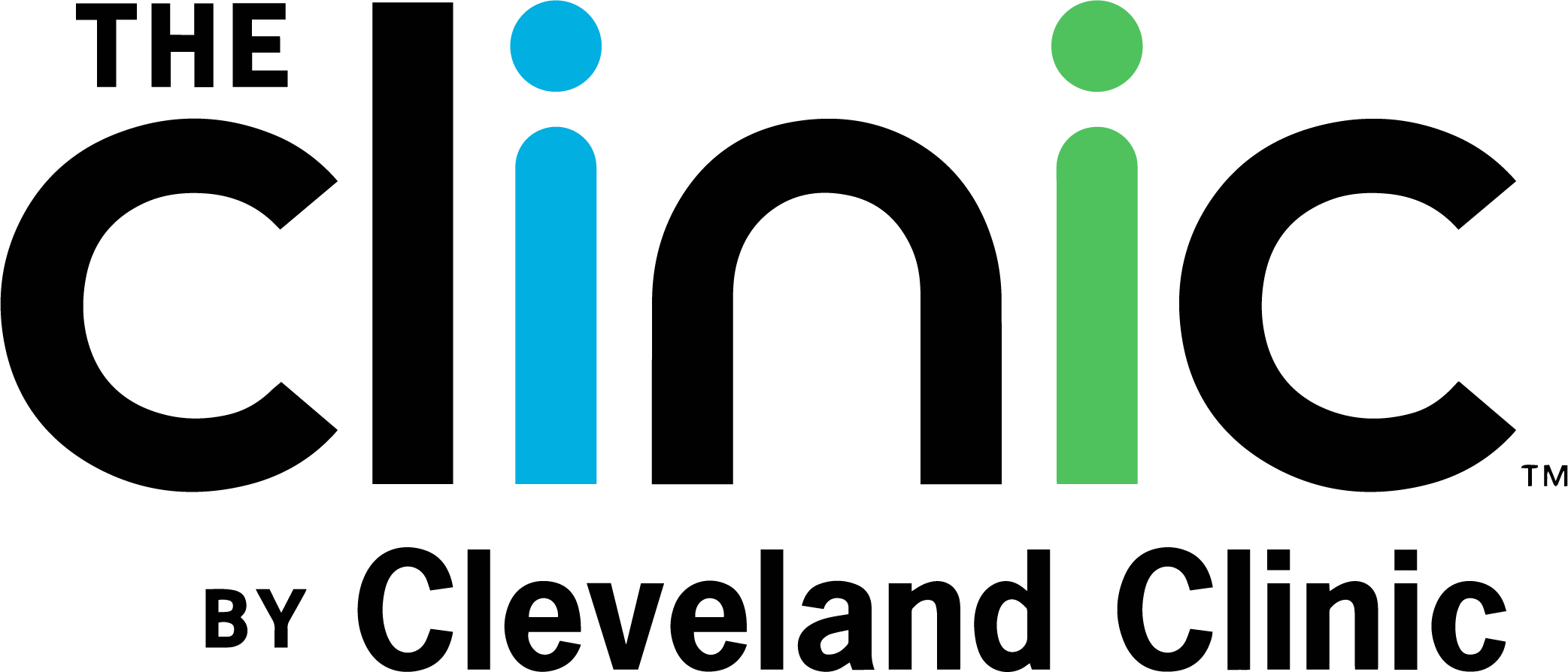HLTH celebrated its fifth year in Las Vegas earlier this month, and nearly 10,000 attendees swarmed the healthcare conference. Throughout the four-day program, a wide range of issues was discussed, from data integration, artificial intelligence, and interoperability to key challenges such as healthcare costs, health equity, and population health management. There was quite a set of shows, too: Ludacris was there, and so were Lance Armstrong and Amelia Anisovych, the Ukrainian singer.
Three topic areas stood out from the crowd:
1. Creating a True Healthcare Ecosystem
Companies across the continuum of care came together to discuss how to align interventions for improving health. Presenters and exhibitors talked about the importance of choosing the right intervention for the right stage of the care journey and how it’s imperative that companies work together to create a more seamless system and better patient experiences.
During a luncheon on “Developing Integrated Care Systems,” panelists from Kaiser Permanente, Ciba Health, MetroHealth, and Ernst & Young discussed the three pillars of:
- Infostructure and the core features of an interoperable, vendor-neutral digital environment
- Design model attributes to drive technology adoption and engagement among patients and clinicians
- Organizational change strategies to enable new models of care and facilitate better health outcomes
Top of mind: The importance of well-connected and coordinated care across all aspects of a person’s health is key to producing healthier populations and more sustainable systems.
2. Improving Health Equity
An entire stage at HLTH was committed to discussions around health equity. Presenters and panelists explored what the healthcare industry could do to address social determinants of health (SDOH), break down barriers to care, and help eliminate health disparities across geographies and populations.
Digital health tools that facilitate remote access and help patients overcome barriers to care were consistently in the spotlight at HLTH. There was a significant focus on leveraging technology to bridge gaps and bring high-quality care to people and places without it—which of course The Clinic by Cleveland Clinic is well-versed in, unlocking access to world-renowned medical expertise to ensure patients have the right diagnosis and treatment plan, particularly those living in specialty care “deserts.”
Many speakers stressed the importance of whole-person care as well as accessibility, affordability and a value-based focus on patient outcomes. The agenda included an NHIT “Health Equity Breakfast” that gathered participants from McKinsey, Salesforce, Amazon Web Services and Hims & Hers to discuss gaps in health outcomes along racial and socioeconomic lines and how nearly 80% of our health is influenced by factors outside clinic walls, such as housing stability, food access, and community support. Highmark Health led a series of presentations on ways that home-based care can help address SDOH.
HLTH also offered an opportunity to tap into the “why” of providers’ commitment to improving health and health equity. ConnectRN’s Listen to Nurses booth at HLTH chose to profile the stories of 10 different nurses. Stopping by the area for a few minutes offered a chance to learn about their experiences, challenges and personal stories, as well as their ideas and aspirations for the future of healthcare.
3. Emphasizing Affordability
As healthcare costs continue to rise, affordability continues to be an important topic of conversation. Verizon held a lunch on “The Evolution of Care Anywhere,” and representatives from Amwell, Zocdoc, SAS and Trilliant Health discussed the importance of virtual care in an engaging arena stage session.
Many of the sorts of digital tools discussed in health equity-focused presentations enable remote access, given their potential to reduce costs and make care more affordable. Early interventions that help reduce downstream costs by identifying appropriate diagnosis and treatment plans also were played up—another area of importance for The Clinic, given the potential for virtual access to medical expertise to reduce the risk of misdiagnosis.
Home-enabled healthcare also drew interest from participants. The conference featured all sorts of innovative wearables—rings, bands, watches, patches, straps, earrings and clothing—that can monitor numerous health indicators for a wide variety of patients, from critical care patients to Olympic athletes.
Keeping the Momentum Going
Between the panel discussions, fireside chats, startup competitions, and traditional presentations, catching all of the action was impossible. But the frenzy of activity and wide range of new participants made it clear that innovation in healthcare is not slowing down. By keeping a pulse on where innovation is headed and what it will take to achieve it, healthcare stakeholders can take a more active role in moving the ecosystem toward better health for all. We look forward to continuing the discussion on how technology is advancing the transformation of the business of healthcare at ViVE next March!



